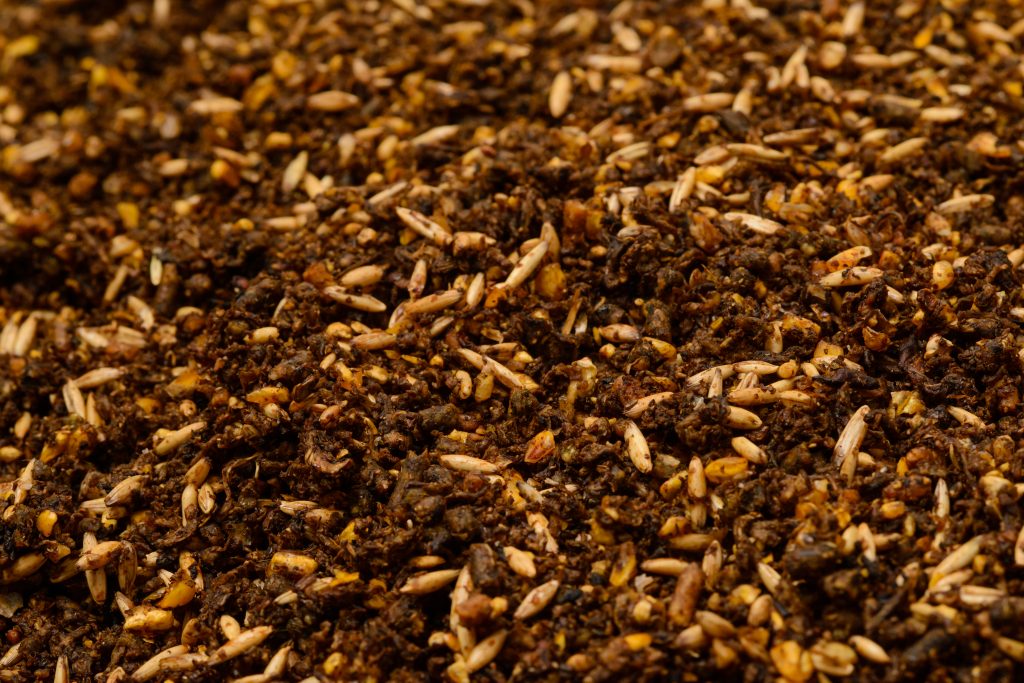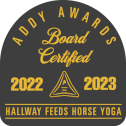Vitamin E: A Key to Horse Health
As we navigate our way back to normal, your horse may be exercising more or working harder. This causes oxidative stress, which produces free radicals, which in turn weakens cells and tissues. Antioxidants, like vitamin E, help fight against these free radicals, making vitamin E an essential nutrient in your horse’s diet.
Vitamin E for Horses: A Primer
So what exactly is vitamin E? This antioxidant vitamin is one of only two important vitamins that your horse’s body cannot produce on its own (the other is vitamin A).
Vitamin E is found naturally in fresh, green forage, like good-quality pasture. It can also be found in good-quality green hays. However, the amount of vitamin E decreases (and quality deteriorates) as hay matures and is harvested and stored.
Vitamin E can also be made synthetically. However, research has shown that natural vitamin E provides more benefits to horses than synthetic versions.
The Benefits of Vitamin E for Horses
As mentioned, vitamin E is an antioxidant that helps prevent and fight free radicals. This helps protect against tissue and muscle damage, as well as inflammation.
In addition to its antioxidant duties, vitamin E plays a vital role in immune response, nerve and muscle function, reproduction, and cardiovascular/circulatory function.
Conversely, a horse who doesn’t get enough vitamin E may be susceptible to respiratory illness, muscle stiffness or soreness, and even muscle damage.
Good For All Kinds of Horses
Many horses, even if they’re not in hard work, benefit from vitamin E. This includes:
• Horses without sufficient access to fresh, green pasture
• Broodmares; vitamin E can increase fertility
• Stallions; vitamin E is linked to better semen quality
• Horses who travel or are relocated; vitamin E boosts immunity
• Convalescing horses; vitamin E stimulates antioxidant activity to help aid recovery
Vitamin E in Hallway Feeds
Because vitamin E is so essential for a horse’s overall health, we include it in all our feeds. Our formulas use natural sources of vitamin E to ensure quality and is research-proven to be more absorbable by the horse.
You can see how much vitamin E is in a particular feed by looking at the nutritional analysis. It’s given in IU/lb (international unit per pound). To determine how much vitamin E your horse will consume with one of our feeds, multiply the IU by the number of pounds you’re feeding. For example, if you feed five pounds of Protenza, your horse would consume 500 international units of vitamin E. Remember, if your horse is also eating fresh, green pasture, he is getting additional vitamin E from that.
Here’s a quick glance at how much vitamin E is in some of our feeds:
• Distinguished: 180 IU/lb
• Fibrenergy: 120 IU/lb
• Luminance: 250 IU/lb (enriched fat supplement)
• MuesliMax: 100 IU/lb
• Prep 14: 150 IU/lb
• Protenza: 100 IU/lb
• Race 13: 150 IU/lb
• Stallion Max: 290 IU/lb
Our ration balancers have a higher concentration of vitamin E, since they are meant to only be served at 1-3 pounds per day, depending on the balancer and the horse’s needs:
• Pure & Simple Balancer: 750 IU/lb
• Kentucky Mare Cubes: 250 IU/lb
• Stamm 30: 500 IU/lb
If you’re not sure how much vitamin E your horse should be consuming, give us a call at 859-255-7602. We’d be happy to discuss your horse’s individual needs and recommend a feed to ensure those nutritional needs are met.









